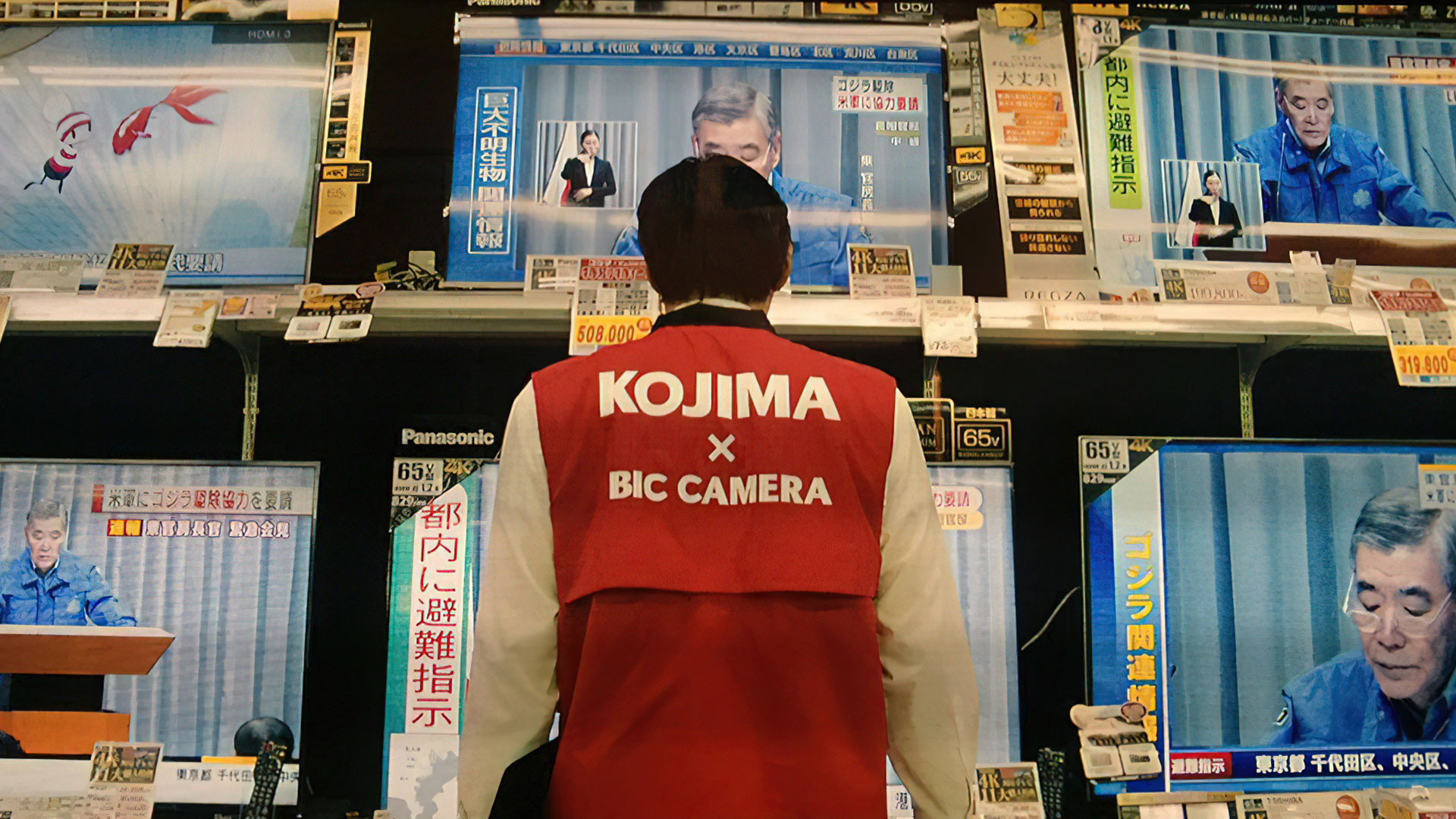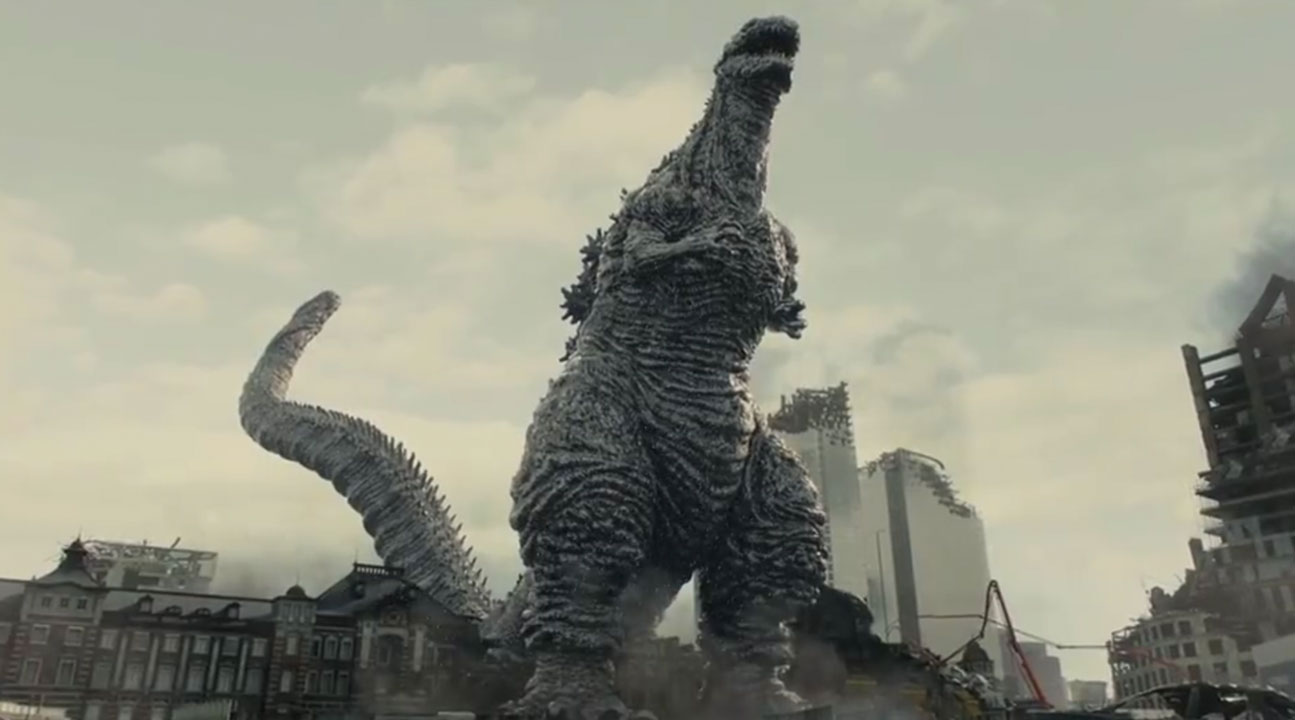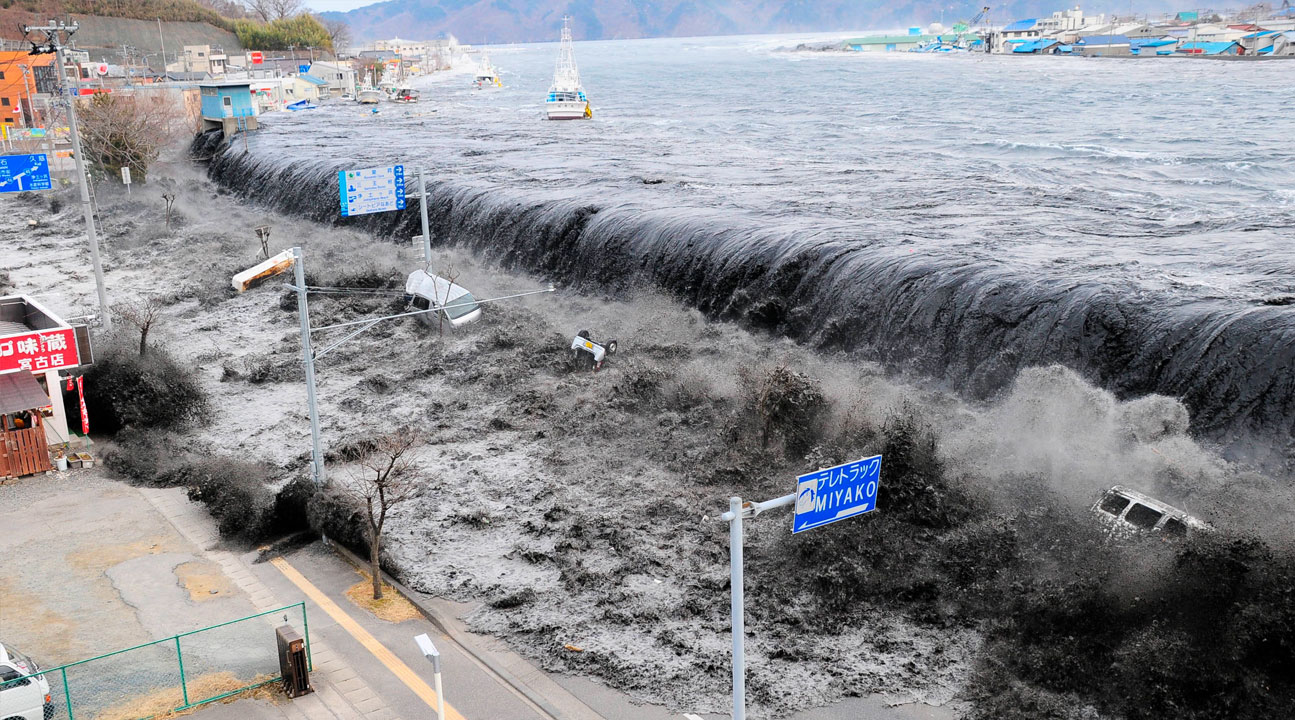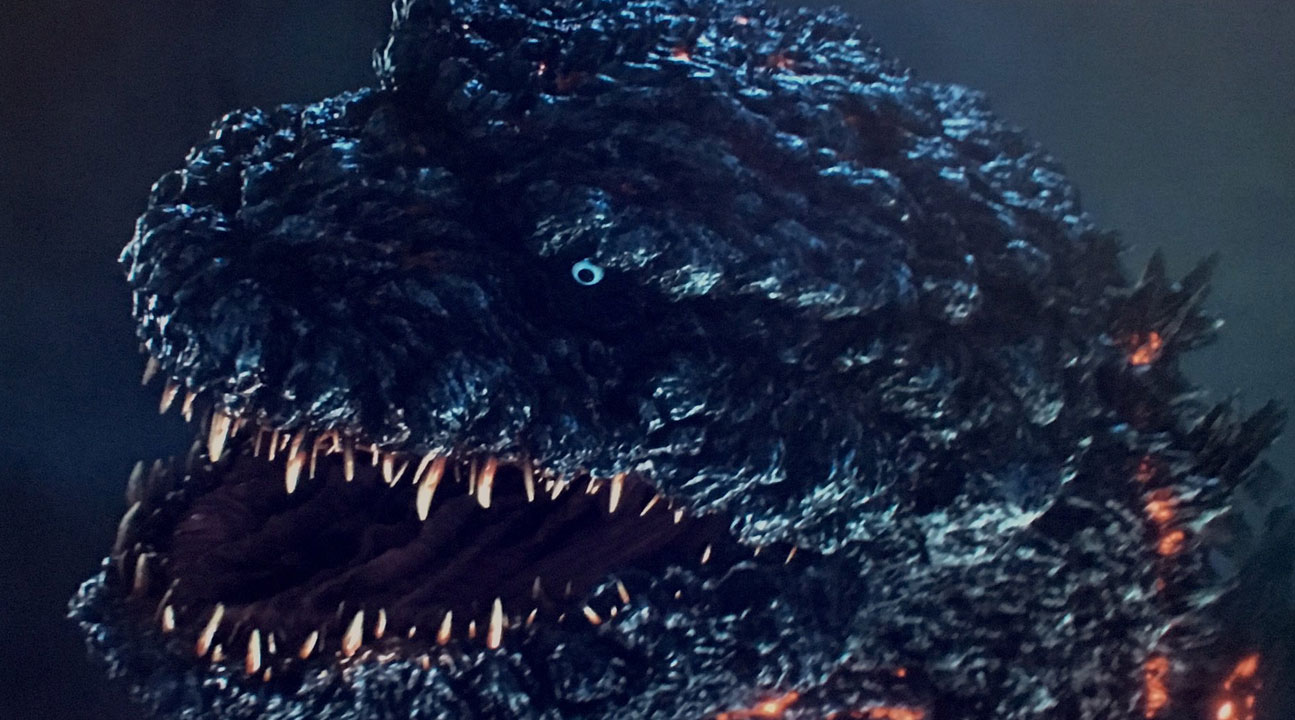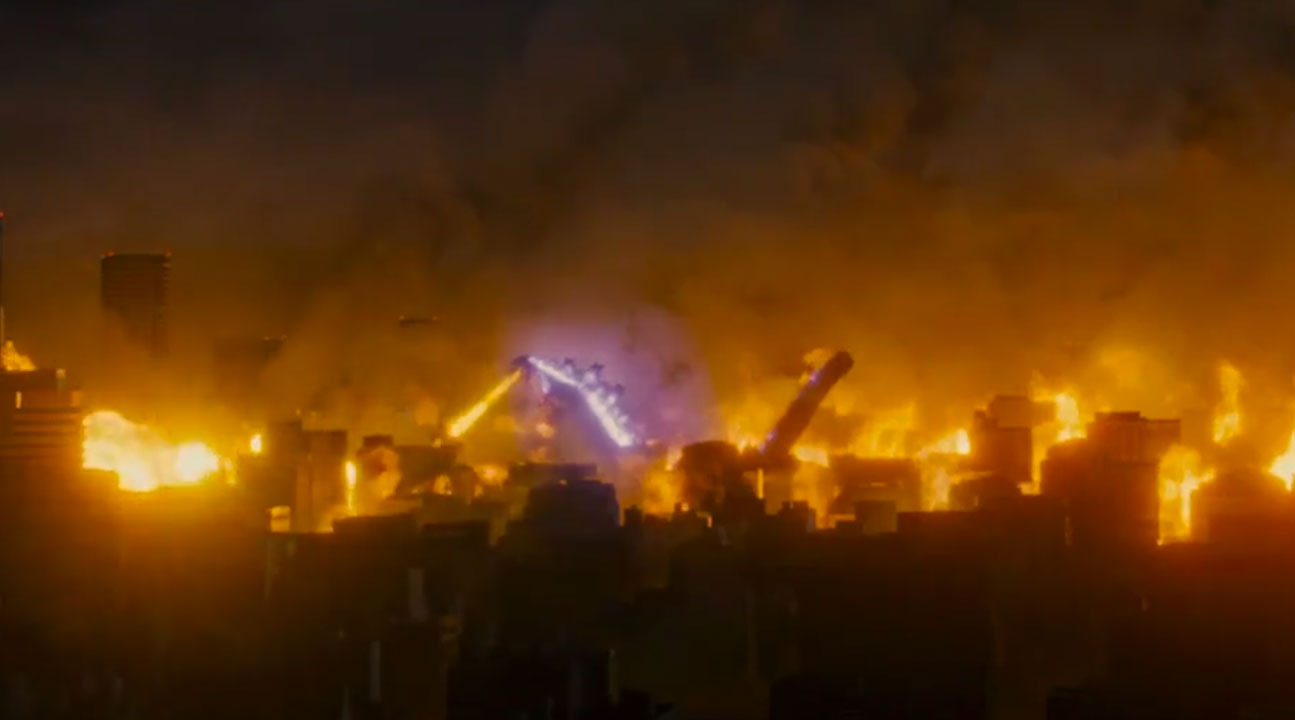In an interview, lead actor Hiroki Hasegawa, who played Rando Yaguchi, Deputy Chief Cabinet Secretary, said, “It [Shin Godzilla] is a fantasy special effects entertainment, and it’s a social question about how Japan should be in the face of a big crisis.” In the same article, Actor Yutaka Takenouchi, who played as Hideki Akasaka, aide to Prime Minister, commented, “It’s been a long time since the first work produced 61 years ago, and this work, which is the 29th work, has become the strongest finish in many Godzilla series, not only for many fans but also for the audience of the world. I think it will be a work that gives a deep message to the heart and to society.”3
Others have called Shin Godzilla “a movie of great significance from the perspective of disaster prevention”4 and as “a depiction that makes 3.11 in the work, and the story itself is a reaction to the Great East Japan Earthquake.”5 Another wrote, “As is well known, in Shin Godzilla, Godzilla is a monster born in response to the radioactive waste of the abandoned nuclear power plant, and when the second form of Godzilla comes ashore, it reminds us of the Great East Japan Earthquake and the tsunami rushing to Japan.”6 One Japanese writer argues Shin Godzilla “is not a monster movie but a “real simulation movie.”7
Producer Akihiro Yamauchi said, “Godzilla’s presence in the sense of ‘a raging god’ is a tradition that has been passed down from the first Godzilla. The tradition lives on in Godzilla drawn in the script by Anno. Godzilla in 1954 was a ‘nuclear spawn’ and a symbol of war. The new Godzilla strongly reflects the anxiety that covers Japan after the Great East Japan Earthquake.”8 In the same article, it is said, “The government’s response to the Great East Japan Earthquake and the Fukushima nuclear accident was criticized, but on the other hand, some bureaucrats must have made a coherent decision and took action.”9
Shin Godzilla Director Hideaki Anno said “that he put all his energy into Shin Godzilla… When creating a new Godzilla, it was the first Godzilla that I was most conscious of… I wanted to get closer to the shock of the first Godzilla…. First of all, Shin Godzilla was made with the Japanese audience in mind, but it has received a lot of attention overseas.”11
